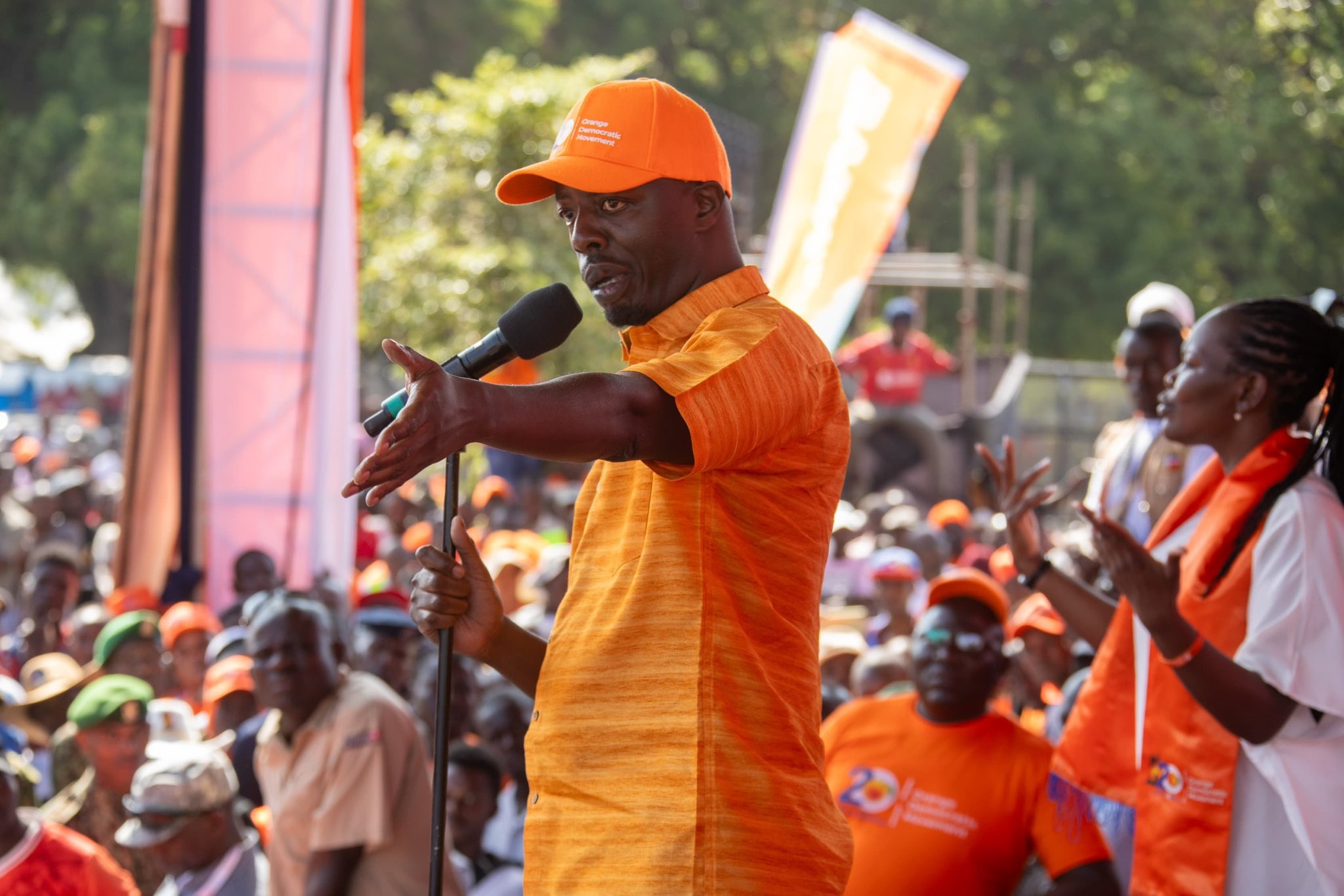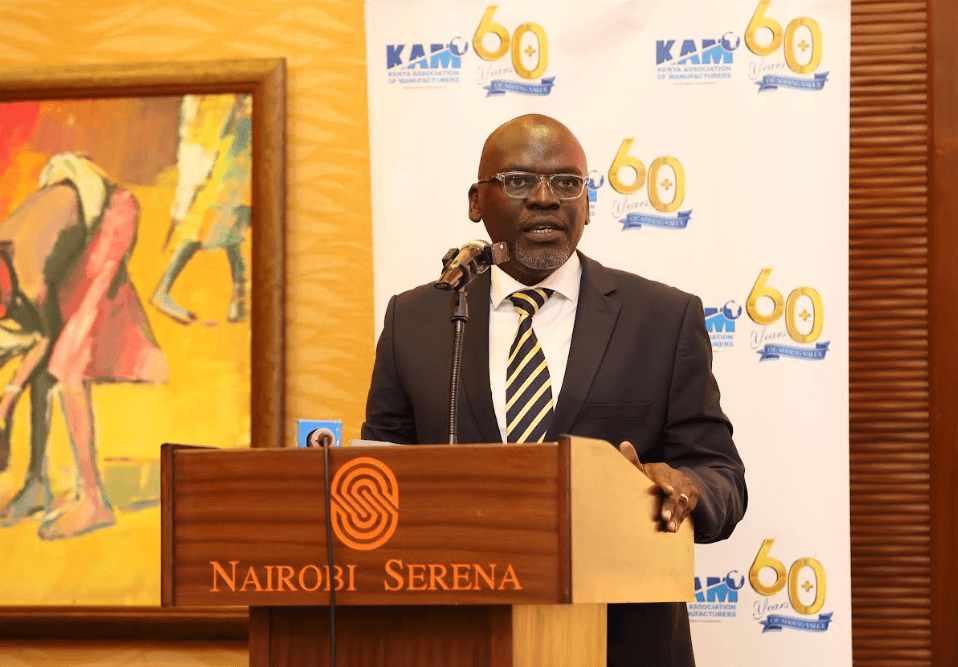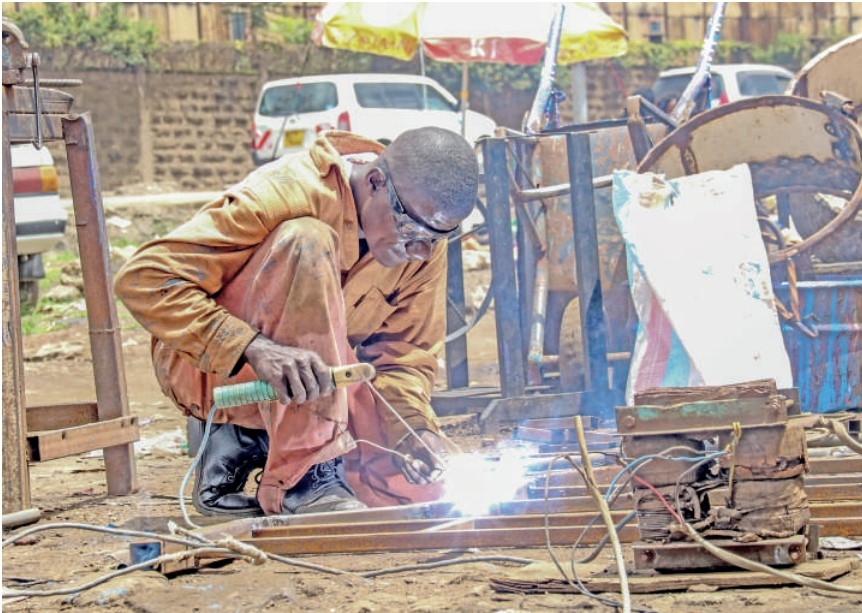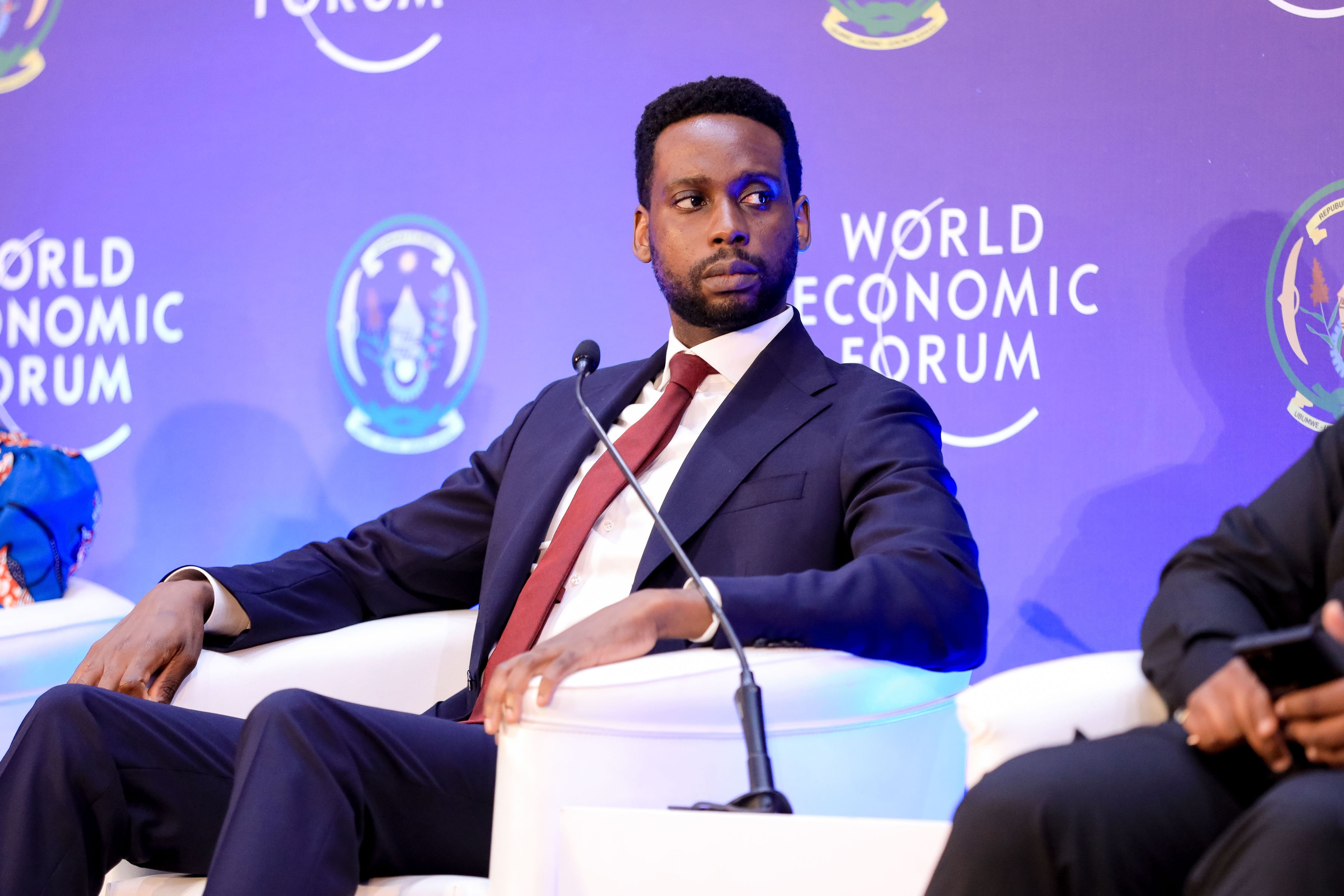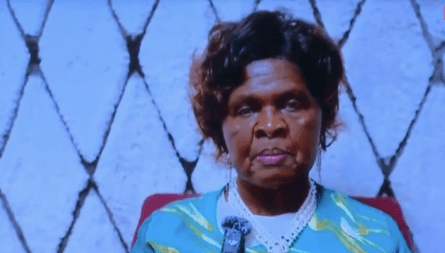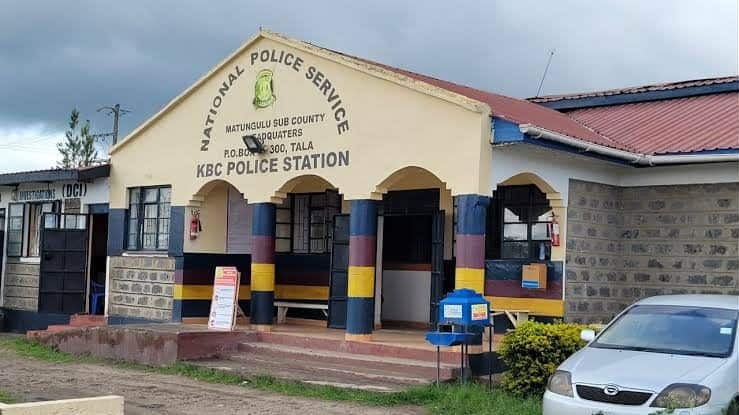The government has over the years been criticized on a number of issues, including but not limited to corruption and excessive borrowing, but the one front it hasn’t faltered on is education.
Kenya has over the years invested heavily in the sector making it one of the few countries in sub-Saharan Africa to sustainably fund education.
This is in alignment with the Abidjan Principles which underscore the need for states to prioritize the funding and provision of free, quality, public education.
In 2015, Kenya’s expenditure on education was 16.65 per cent of the total budget, which subsequently increased to 26 per cent (Sh473 billion) in the 2019-2020 financial year.
It further rose to 29.4 per cent (Sh497 billion) and Sh503.9 billion in the 2020-2021 and 2021-2022 financial years, respectively.
This is above the recommendation by the Global Campaign for Education that state funding for education amount to 20% of public expenditure.
In the 2022-2023 budget, Kenya set a new record and allocated Sh544.4 billion, the biggest chunk of its Sh3.31 trillion budget to education.
While allocating the funds, Treasury CS Ukur Yatani said this is part of ongoing radical changes to improve the quality of education in the country.
This continued heavy funding in the sector appears to be the government’s response to countless challenges still facing the sector.
To begin with, overcrowding in public schools proved futile for learning in the wake of the Covid-19 pandemic.
Social distancing could not be effectively practised in most school environments because of a lack of enough social amenities.
Further, the lack of sufficient classrooms has been detrimental in supporting the government’s 100 per cent primary-secondary transition.
With limited funds provided for this critical step, parents were asked to pay a development fee that would cover the construction of classes and school facilities.
It was upon this realization that President Uhuru Kenyatta directed the Treasury on October 20, 2021, to engage Parliament and appropriate Sh8 billion towards the construction of 10,000 new classrooms.
He said the new classrooms would provide the much-needed space for over one million Grade six learners who will join junior secondary schools in January 2023.
On April 6, Education CS George Magoha gave a status update and said 90 per cent of the 5,200 classrooms targeted in phase 1 construction were complete.
In this year’s budget, the government allocated a further Sh4 billion for the construction of the classrooms.
A further Sh2.8 billion was set aside to support school infrastructure development in public primary and secondary schools.
Digital literacy in public schools is another delicate area where the government has continued to spend heavily.
The Covid-19 pandemic exposed the underbelly of Kenya’s education system that’s digital literacy.
Whereas learners from affluent families were able to access digital learning during virtual classes when schools were closed, learners in rural and informal settlements faced a real risk of being left behind in their education as they lacked access to digital gadgets.
In this year’s budget, the digital literacy programme was allocated Sh310 million to integrate ICT in public schools.
The teacher shortage has also been an obstacle the budget seeks to remedy.
The Teachers Service Commission (TSC) was allocated Sh2.5 billion to recruit more teachers and Sh1.2 billion to train them on the Competency-Based Curriculum (CBC).
Further, TSC received Sh294.7 billion, half of which will go into teacher remuneration.
According to TSC, Sh2.5 billion is sufficient to hire 5,000 teachers.
The teacher deficit stood at 3,300 in 2019.
TSC Chief Executive Officer Nancy Macharia said then that the commission would recruit 12,626 teachers annually for four years from 2018 at Sh8.3 billion.
The government rolled out free day secondary education in 2018, pushing up enrolment figures by some 200,000 learners.
Crowding in public schools led to an increased demand for private schools with learners in informal urban settlements settling for Alternative Provision of Basic Education and Training (APBET) schools.
These schools are often under-resourced with an unskilled teaching force, which in turn compromises the quality of education offered at the institutions.
And to ease a growing trend of commercialization of education where some private school owners prioritize profits over and above the quality of education, the Kenya Secondary School Education Quality Improvement project was allocated Sh6.8 billion.
The Directorate of Quality Assurance and Standards Department is expected to utilize the funds to conduct quality and standard assessments in basic public and private institutions to ensure the provision of quality education is not compromised.
An increase of Sh338 million to Sh971 million share in this year’s budget for the promotion of youth employment further demonstrates a commitment by the government to slash youth unemployment in the education sector.
Education is fundamental in promoting sustainable development and, in prioritizing quality education, a government takes ownership to improve the lives of its citizens.
The attainment of quality education is largely dependent on the availability of more and better funding for education.
It’s everyone’s hope that the incoming government will build on the current momentum and continue to increase funding for the sector.






